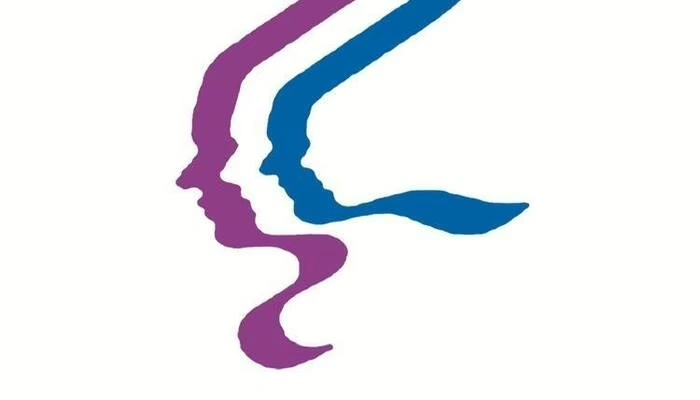
As the year 2022 is nearing its end, analysts are looking at the possibilities 2023 can bring.
The Mastercard Economics Institute released its annual forecast for a multi-speed global economy in “Economic Outlook 2023.”
However, what does a multi-speed global economy mean? According to the Mastercard Economics Institute, the multi-speed global economy means that some markets in the economy will feel the impact of inflation and rising interest rates more than others.
Moreover, the Economic Outlook for 2023 shows how a new multi-speed economy will impact growth and consumer spending behavior.
The Economic Outlook 2023 gathered an immense amount of data from public and proprietary data sets and devised models that are intended to study the economic market and patterns of Eastern Europe, the Middle East, and Africa (EEMEA).
Moreover, the economic outlook for 2023 focuses on four themes that will shape the multi-speed global economy. These themes include housing strategy, interest rates, shopping prices and preferences, and shocks and omnichannel.
Housing:
The outlook suggests that higher interest rates will largely affect the living budget and house spending. Consumers are spending quite broadly today but this pattern will change in 2023. The forecast states that household spending will decrease by 4.5% in 2023.
Shopping Prices and Preferences:
With the higher inflation rates, consumers will spend less broadly than before. The consumer will choose affordable and budget-friendly brands. The report states that consumers have gone grocery shopping up to 31% to reduce food wastage but bought 9% lower goods than the previous year.
Moreover, in UAE, consumers increased their grocery shopping by 28% but spent 24.1% less per visit.
Restaurants and food markets will see a rise in spending. In the UAE, restaurant spending was 30% higher than in 2019.
Inflation Rates:
The Economic Outlook 2023 suggests that higher inflation rates will affect low-income households more stronger. But the forecast suggests that inflation rates will become low as they will fall from 7.1 to 4.1% in developed economies.
Many markets in the Middle East and Africa show a larger gap between the affluent and non-affluent households in 2019 vs 2022 discretionary spending – Morocco (71%), Madagascar (70%), Jordan (60%), Senegal (55%), Kenya (39%) and Zambia (34%).
In Qatar, however, the trend is different. From 2019 to 2022, discretionary spending for affluent cardholders grew 104.9% while discretionary spending for non-affluent cardholders grew 103.9% a difference of 1 percentage point.
Omnichannel:
Businesses with an omnichannel presence are likelier to withstand shocks by meeting the customer where they want to shop. Our analysis suggests that having a multichannel presence provided a 6-percentage point lift in retail sector sales through 2022.
Small and large restaurants were saved from losing an additional 31% of sales during the height of lockdowns with their omnichannel presence. Similarly, small omnichannel clothing stores outperformed online-only and brick-and-mortar-only firms, growing 10% and 26% faster, respectively.















